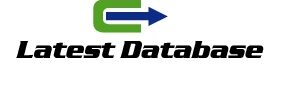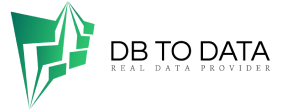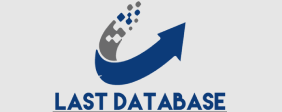Create a custom field in the Google Analytics feed to include the domain, since in Search Console URLs go with a domain and in Analytics they go without a domain. With which we unify the format. Eye! Use the “Landing Page” field from Google Analytics and not the “Page” field since if we want to combine data from Search Console, we will have to use the destination page and not all the content of the website. Even doing a pre-filter of only organic traffic would be cool… I’ll leave it there… 🙂 Step 2: Create the combined data source.
Create a combined data
Source where we will say that the combining fields are date and URL in Search Console, and date and executive data combined URL in Google Analytics so that they make the match and combine. Step3: Choose the metrics Choose which metrics we want in our new data source. In the case of the example we take impressions, clicks and CTR from Search Console and Google Analytics sessions. Step 4: Save the font Save the data source. Step 5: Use it in your graphics Use that combined data source as the data source for our chart. Conclusions As you can see, Google Data Studio contains a lot of secrets that may ultimately be useful, but the true advantage of Data Studio is knowing how to use it to benefit our business.
Knowing how to use
Data Studio allows us to understand the data and reach conclusions that have a positive impact on our business . And yes, I know it sounds a bit like a promo, but, oh. I’m so excited that I just had to share it with you. So if you really CU Lists want to do this, I invite you to check. Out my course and do it today , because access to the bonuses will close tomorrow. Now is when I would tell you to leave me a comment, and I would ask you my typical questions: what do you think is the most useful functionality of Data Studio? Do you think that combining data from different sources is an advantage? Pokémon Eevee or Pokémon Pikachu ? But how do I know that you are going to go to the landing… well that…







